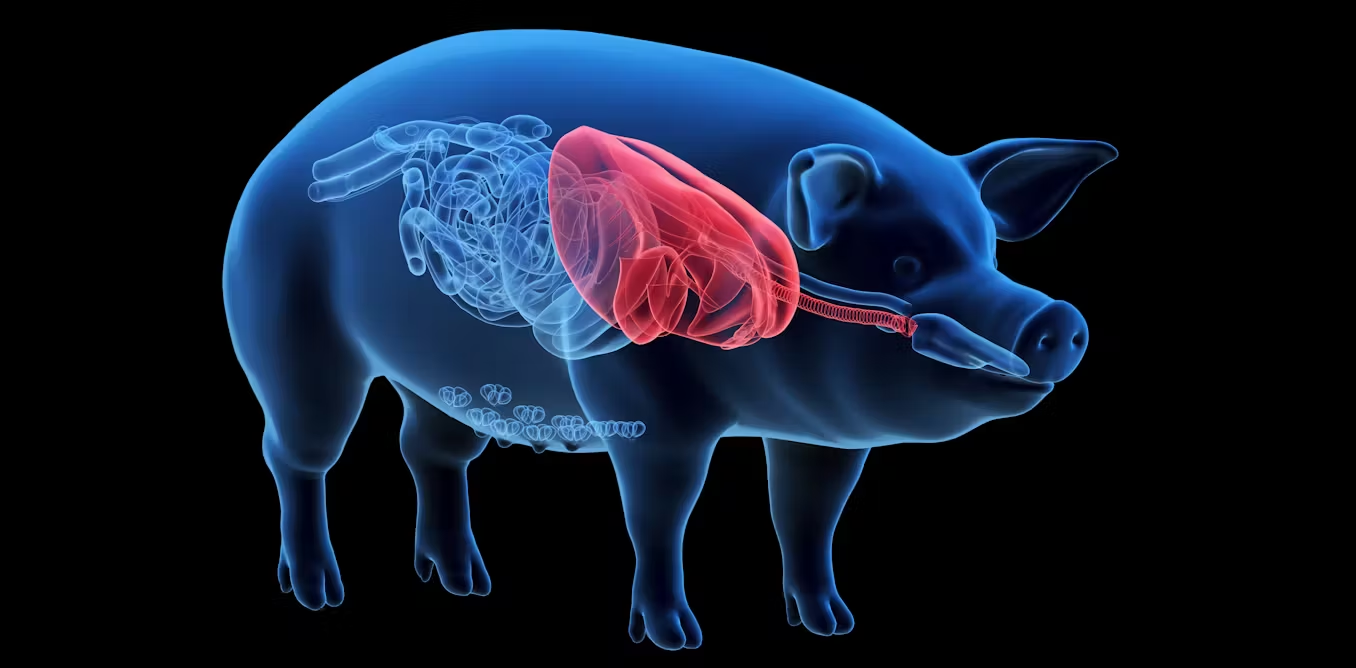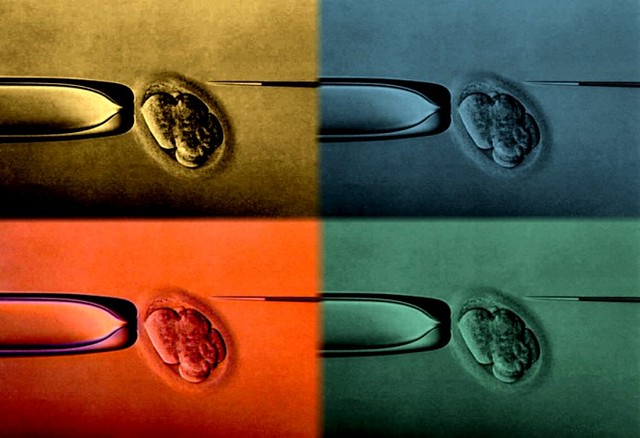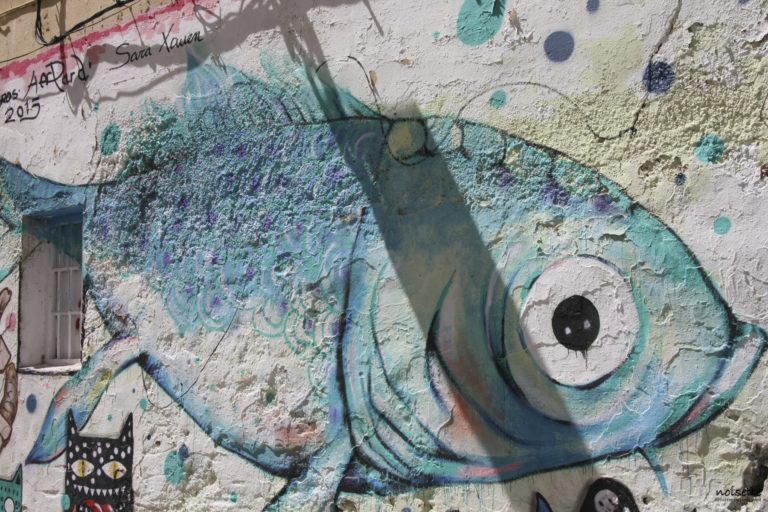Hornless GM cattle : a false solution
So far, few genetically modified livestock have been approved for marketing. But new mutagenesis techniques could change this. One modification that has already been authorised concerns hornless beef cattle : is this really a good idea ?
The US company Recombinetics [Recombinetics] is a US biotechnology company founded in 2008, specialising in genetic modification of animals for both agriculture and human medicine (xenotransplantation)].It has developed cows genetically modified to be hornless [1]. Indeed, the horn of cattle is considered problematic [2], especially since the generalisation in certain countries of « feedlots » (industrial feedlots that can bring together tens of thousands of cattle). In these small spaces, cows can injure each other as well as workers. Dehorning developed in the 1970s in several forms, including mechanical removal, which is costly and controversial in terms of animal welfare. It is for example forbidden in the organic specifications.
Problematic crossbreeding
There are a few rare breeds of naturally hornless cows, such as the Aberdeen Angus breed [3]. But transferring this trait (“polled” or « hornless ») into other breeds is proving to be very difficult, particularly for dairy breeds. The main problem with the transfer of the polled gene is the concomitant decrease in production traits of the resulting animals compared to the target breed (reduced milk production, less muscle mass, etc.). The « polled » gene is in fact associated with other genes, which contradicts the purely mechanistic discourse. This complexity of the heritability of polled variants has increased breeders’ interest in genetic modification techniques [4].
To ’create’ its hornless cattle, Recombinetics introduced two molecules into isolated and multiplied in vitro bovine cells. The first, the protein Talen [5] [6], allows the « horn » gene to be turned off ; the second, a circular DNA, inserts, under certain conditions, at the cutting site, the « not horn » gene. In 2016, Recombinetics announced the birth of two healthy, hornless animals, named Spotigy and Buri, for which analyses « revealed that [these] animals are free of off-target events, again confirming the high specificity of TALENs » [7].
However, a paper published in Nature Biotechnology reported in February 2020 that the genome of Recombinetics’ bulls contained unwanted genetic sequences [8]. USDA researchers reported the presence of two copies of the « hornless » genetic sequence – and not just one as desired and reported by the company – and various other sequences from circular plasmid DNA. This study demonstrates that nuclease-based genetic modifications are far from the claimed precision, and are sources by themselves and via the related techniques inherent to these in vitro methods [9], of unintended modifications with unpredictable effects generating more or less consequential impacts.
Modifying breeding conditions… or genetically modifying animals ?
High-density livestock farmers often consider horns dangerous [10] and fight against any animal welfare regulations [11]. Other farmers, on the other hand, believe that horns are an essential organ of cow physiology and represent a manageable potential hazard, as do the fangs of a pet dog. But this appreciation requires knowing and living in harmony with one’s herd, a requirement that is opposed to excessive herd size as much as it is to the replacement of the farmer by robots and « digital surveillance ». Indeed, these farmers indicate that in the presence of horned cows, one must have more consideration and attention for the animal, more intuition and concentration. Thus, they state pragmatically : « If trust between a human and an animal is established from an early age, the animal will never intentionally injure a human with its horns. However, accidents can happen, for example by walking absent-mindedly near the animal’s head without anticipating its movements and intentions, or if the animal is frightened and reacts in an unusual way. Mutual trust between humans and animals is the best guarantee for a good cohabitation without problems and injuries » [12].
A number of farmers’ observations compiled by Fibl [13] and scientific articles [14] remind us that horns have many interests.
The horns of a bovine stand out from its massive silhouette and allow others to recognise it. Fibl states that ’each individual knows the size and shape of its horns and where the tip is, which also allows to know its place in the herd’. Other studies point out that physical interactions are less frequent in horned herds than in hornless herds, with more stable social relationships between animals.
Horns are also used to diagnose nutritional deficiencies and thus to assess the health of the cow : deformed horns are a sign of health problems, massive horns at the base and thin or frayed horns at the tip are a sign of mineral deficiency during the animal’s youth [15]. One study found that the horn size of the African buffalo (Syncerus caffer) reflects the animal’s rate of parasitic infection [16] .
Horns are also useful to cows in specific welfare functions. They scratch their backs with them, rub and clean their eyes with the tip of another cow’s horn, or use them for self-grooming of areas of the body that would otherwise be out of reach.
Another important function in the current context of climate change, horns also regulate temperature [17] « In cattle, the extreme is the Ankole Watusi, a breed of cattle native to Africa whose horns can be up to 1.80 m long and are riddled with blood vessels. […] [W]hen [the] blood passes close to the outside of the horn, heat can be lost into the atmosphere and the cooler blood returns to the animal’s body » [18].
Biodynamists also see a digestive role of the horns [19].
These bovine chimeras are « sold » to breeders and the general public as an ethical advance (reduction of nuisances in intensive breeding and of suffering linked to mechanical and thermal dehorning). Presented as progress, genetic modification is nevertheless part of a continuum with previous industrial practices, insofar as it does not propose a different way of raising animals nor a different way of living with them. It is only a question of simplifying the work of breeders to the point of eliminating it and replacing it with robots and electronic sensors, and thus increasing the size of what can no longer be called a herd.









